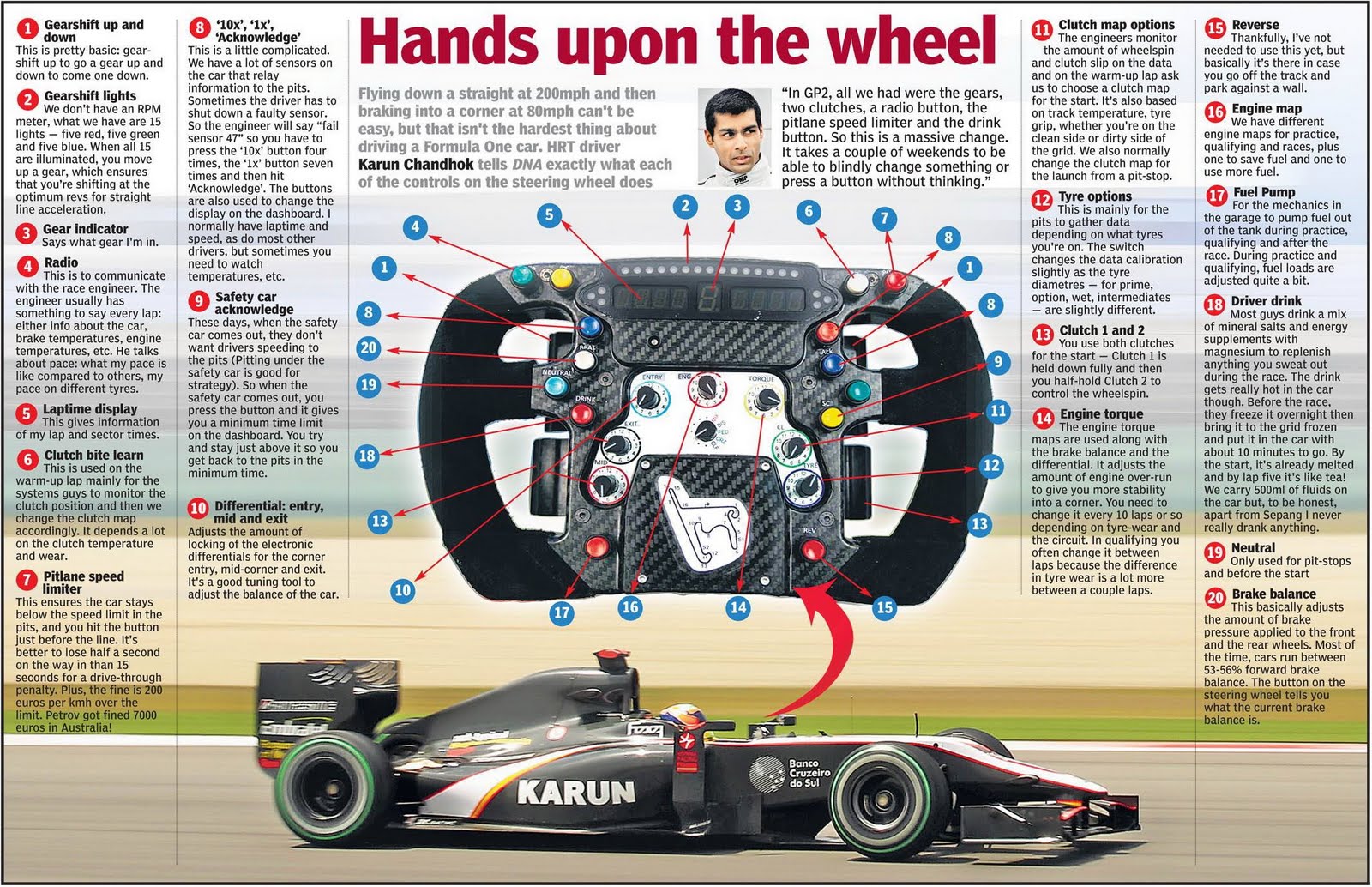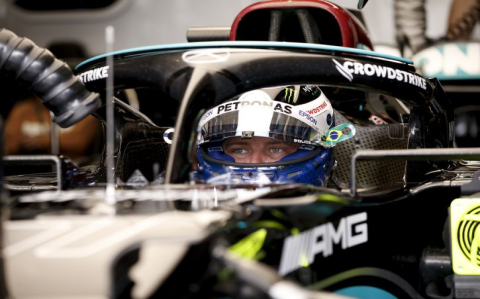Alright, so I was watching the latest F1 race, and it got me thinking – do these beasts even have a clutch? I mean, they shift gears so fast, it seems almost impossible. So, I decided to do some digging and figure this out for myself.
My Deep Dive into F1 Clutches
First, I hit up some forums and general car websites. Just to get a basic idea. Turns out, yes, F1 cars do have clutches. But, obviously, they’re not like the one in your regular street car.

I learned that F1 cars use a semi-automatic, sequential gearbox. This means the driver doesn’t use a foot pedal to operate the clutch like we do. Instead, they have paddles behind the steering wheel.
- Pull a paddle – the system engages the clutch, changes the gear, and releases the clutch, all super-fast.
- No foot pedal – your feet are free to focus on braking and accelerating. Simpler, right?
But how does the clutch itself work? I found out that it’s a multi-plate carbon clutch. Way smaller and lighter than a regular clutch, and built to handle insane temperatures and forces. Think about it, these cars are accelerating and decelerating constantly, putting a huge strain on the clutch.
I watched a few videos.
It is not easy to find any videos to explain it.
So, to sum it up, my little investigation revealed:

- F1 cars do have clutches – but they’re high-tech, multi-plate carbon ones.
- They’re operated by paddles – no foot pedal needed.
- The whole system is designed for speed and efficiency – because in F1, every millisecond counts.
It’s pretty mind-blowing how much technology goes into these cars. This clutch thing is just one tiny piece of the puzzle, but it’s a crucial one. Hope you found this little exploration as interesting as I did!

























